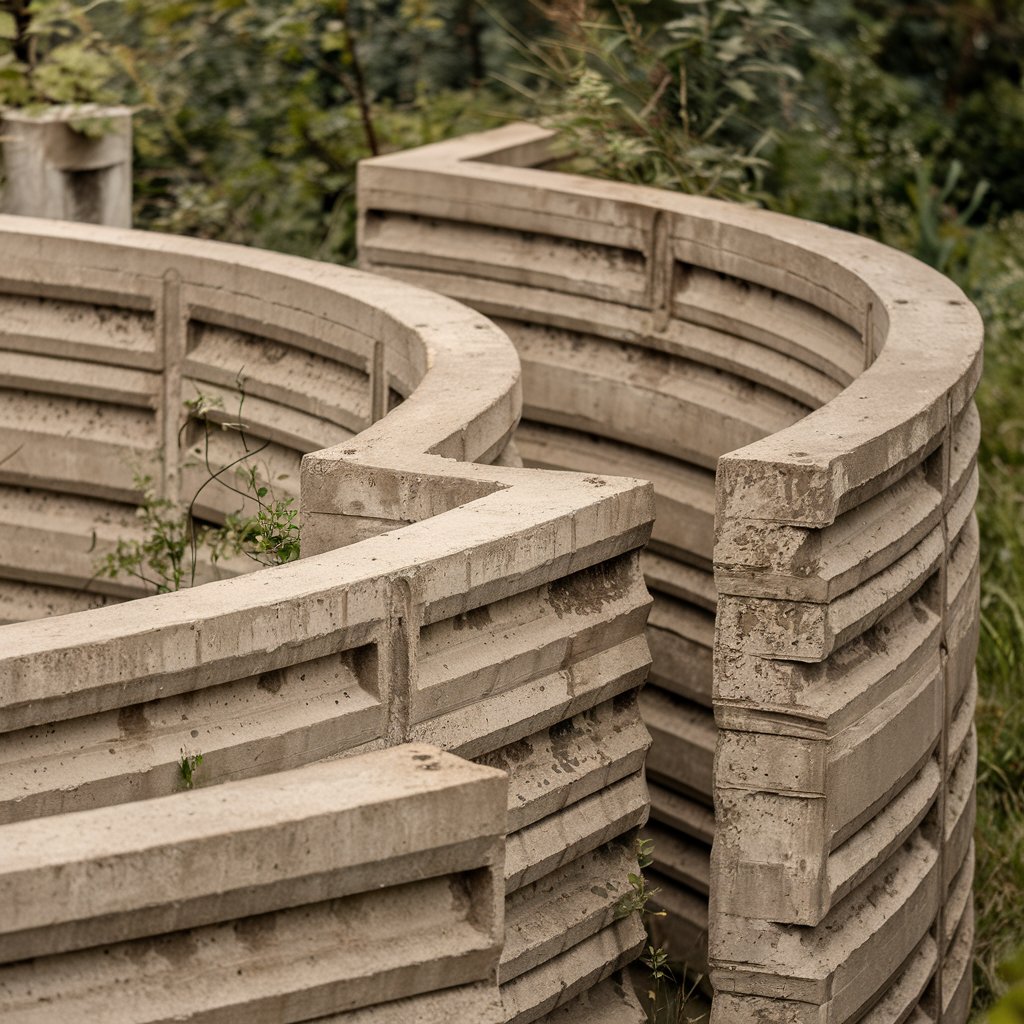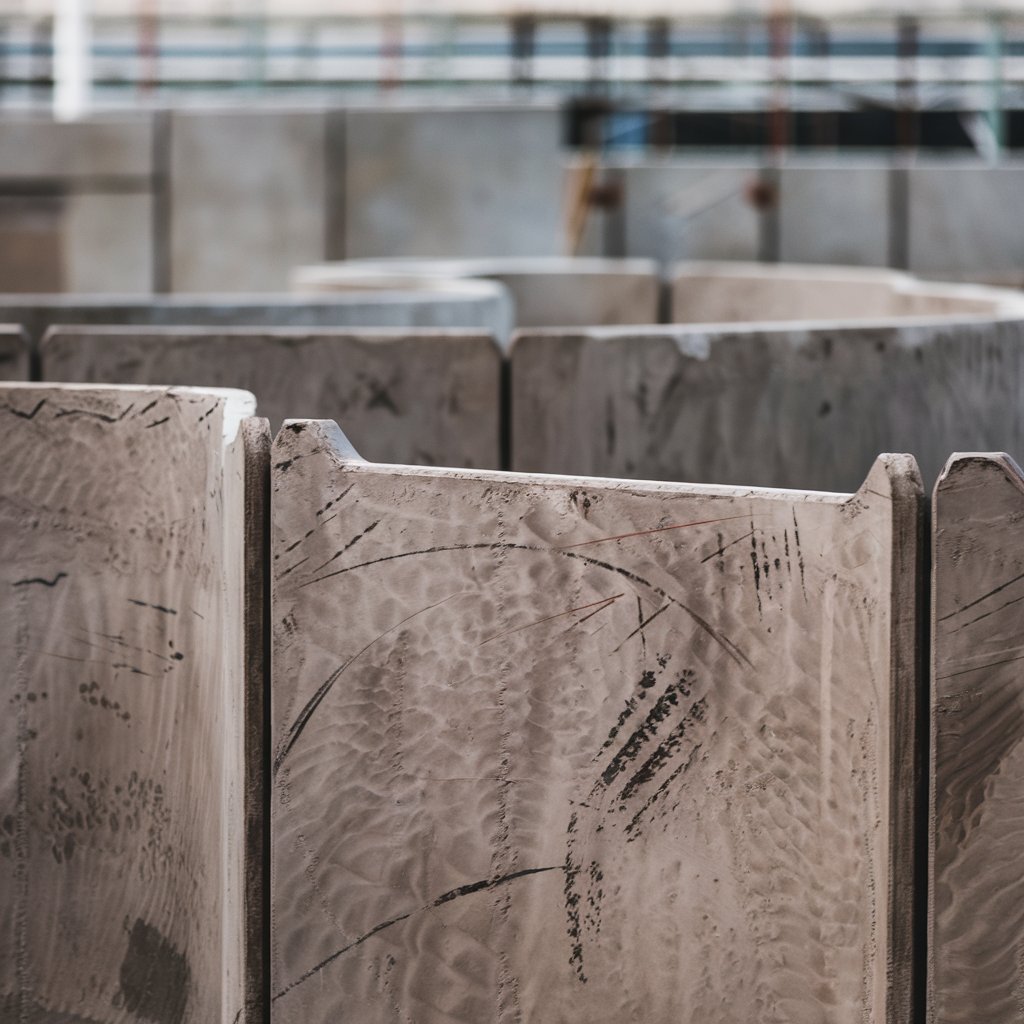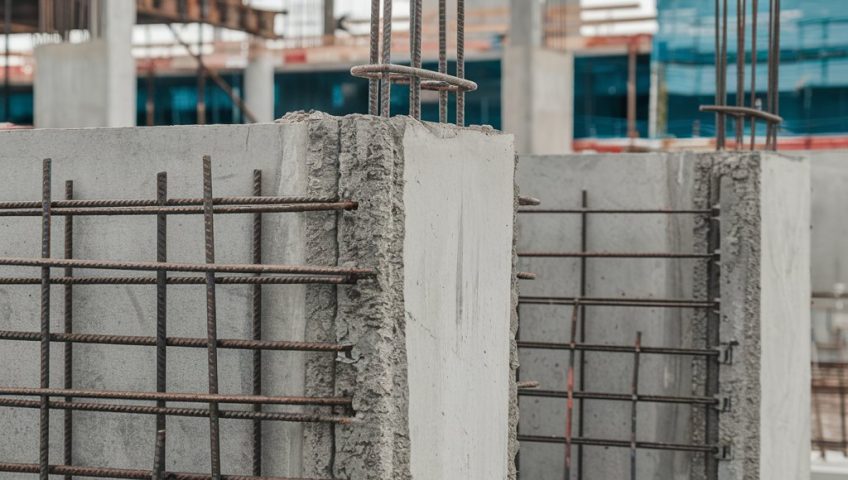Introduction
Precast Concrete Walls Benefits :In today’s fast-paced construction industry, innovative building methods are essential for achieving efficiency, cost savings, and sustainability. Among these advancements, precast concrete walls stand out as a game-changer. Precast concrete walls are manufactured off-site in a controlled environment, ensuring superior quality and consistency before being transported to the construction site for assembly.
This article explores the top benefits of precast concrete walls for modern construction, highlighting how they outperform traditional methods in durability, speed, and cost-effectiveness.
What Are Precast Concrete Walls?
Precast concrete walls are structural components that are cast in molds at a factory or precast plant and then transported to the construction site. These walls are made using high-quality materials, including concrete, steel reinforcements, and aggregates, ensuring they meet stringent quality standards.
Types of Precast Concrete Walls
- Solid Walls: Provide structural support and soundproofing.
- Hollow Core Walls: Lightweight and used for non-load-bearing purposes.
- Insulated Sandwich Walls: Offer excellent thermal insulation.
- Retaining Walls: Ideal for landscaping and infrastructure projects.
Why Precast Concrete Walls Are Perfect for Modern Construction
Modern construction demands solutions that are efficient, sustainable, and cost-effective. Precast concrete walls deliver all these benefits and more. Below, we delve into the top 10 benefits that make precast concrete walls indispensable in today’s construction landscape.
1. Time-Saving Construction
Precast concrete walls significantly reduce construction time compared to traditional cast-in-place methods. This is because the walls are manufactured off-site, allowing production to occur simultaneously with site preparation. As a result, construction activities can proceed in parallel, minimizing delays. Furthermore, once the precast walls are ready, they can be swiftly transported to the site and assembled, streamlining the overall construction process. In contrast, traditional cast-in-place methods require on-site formwork, curing time, and other steps that extend the project timeline. Therefore, using precast concrete walls ensures greater efficiency and faster project completion.
Key Benefits:
- Faster project completion.
- Reduced labor costs.
- Accelerated ROI for developers.
2. Enhanced Durability
Precast concrete walls are specifically designed to withstand harsh weather conditions, heavy loads, and various environmental stressors. To begin with, the controlled manufacturing process plays a crucial role in ensuring their durability. Unlike on-site construction methods, which can be influenced by unpredictable weather, the off-site production environment allows for precise control over temperature, humidity, and curing time. As a result, precast walls achieve optimal curing and consistent strength throughout. Moreover, this consistency enhances their ability to endure extreme conditions, such as heavy rainfall, freezing temperatures, or high winds. In addition, their robust design makes them highly resistant to cracking and structural degradation over time, ensuring long-term reliability. Thus, precast concrete walls provide a superior solution for demanding construction projects.
Durability Features:
- Resistance to cracking and corrosion.
- Longevity with minimal maintenance.
- Ideal for high-traffic or industrial applications.
3. Cost-Effectiveness
While the upfront costs of precast concrete may be higher, it is important to note that the long-term savings make it a highly cost-effective choice. To start with, the reduced labor requirements significantly lower overall expenses. Since precast concrete components are manufactured off-site and ready for installation upon delivery, fewer workers are needed for on-site assembly. In addition, the faster construction timeline further reduces costs associated with extended project durations, such as equipment rentals, site management, and indirect overheads. Furthermore, precast concrete requires minimal maintenance over its lifespan. This is because its durable design resists cracking, corrosion, and other common issues that would typically incur repair costs. Ultimately, when considering reduced labor, accelerated timelines, and low maintenance needs, precast concrete proves to be a wise investment despite the initial expense.
Cost Savings Overview:
| Expense Type | Traditional Methods | Precast Concrete Walls |
|---|---|---|
| Labor Costs | High | Low |
| Construction Time | Long | Short |
| Maintenance Costs | Frequent | Minimal |
4. Sustainability
Precast concrete walls are eco-friendly for several reasons, starting with the use of sustainable materials. Typically, manufacturers incorporate recycled aggregates, industrial by-products like fly ash, and other environmentally friendly components, which reduce the demand for virgin materials. Moreover, the controlled manufacturing process minimizes waste compared to traditional construction methods. Since workers fabricate the walls in a factory setting, they can take precise measurements and ensure efficient use of resources, resulting in minimal leftover material. In contrast, on-site construction often produces significant material waste due to cutting, reshaping, or errors during installation. Additionally, manufacturers can often recycle and reuse any excess materials generated during precast production, further reducing environmental impact. Therefore, precast concrete walls actively support sustainable construction practices and help lower the overall carbon footprint of a project.
Environmental Advantages:
- Reduced on-site waste.
- Recyclable materials.
- Lower carbon footprint due to optimized production methods.
5. Superior Quality Control
The controlled factory environment ensures that precast concrete walls meet strict quality standards. In contrast to on-site casting, there are fewer variables that can affect the final product. To begin with, the factory setting allows for precise control over factors like temperature, curing time, and material composition. As a result, the quality of the finished product is both consistent and reliable. Furthermore, advanced manufacturing techniques and standardized procedures further enhance the strength and durability of precast walls. Additionally, the reduction of external influences, such as weather or site-specific challenges, minimizes the risk of defects. Ultimately, this level of control ensures that precast concrete walls deliver superior performance and long-term reliability.
Quality Features:
- Consistent dimensions and finishes.
- High-strength materials.
- Compliance with industry standards.

6. Design Flexibility
Precast concrete walls offer versatility in design, allowing architects and engineers to create custom solutions tailored to specific project requirements.
Design Options:
- Various textures, finishes, and patterns.
- Custom shapes and sizes.
- Integration with insulation and other features.
7. Enhanced Safety
Using precast concrete walls reduces the need for extensive on-site labor, minimizing risks associated with accidents and injuries.
Safety Benefits:
- Safer construction environment.
- Fewer workers required on-site.
- Reduced exposure to hazardous conditions.
8. Improved Thermal and Acoustic Insulation
Precast concrete walls, especially insulated sandwich panels, offer excellent thermal and sound insulation properties, making them ideal for residential and commercial projects.
Insulation Advantages:
- Lower energy consumption.
- Soundproofing for quieter indoor environments.
- Comfortable living and working spaces.
9. Weather Resistance
Precast concrete walls can withstand extreme weather conditions, including heavy rain, wind, and temperature fluctuations, making them suitable for all climates.
Weather-Resistant Features:
- Waterproof and fire-resistant.
- Resistant to freeze-thaw cycles.
- Suitable for coastal and industrial environments.
10. Reduced Maintenance
The durability and high-quality construction of precast concrete walls result in minimal maintenance requirements over their lifespan.
Low Maintenance Features:
- Resistant to wear and tear.
- Easy to clean.
- Long-lasting performance.
Frequently Asked Questions (FAQs)
1. Are precast concrete walls more expensive than traditional walls?
While the initial cost of precast concrete walls may be higher, their durability, low maintenance, and faster construction timeline often result in significant long-term savings.
2. Can precast concrete walls be customized?
Yes, precast concrete walls can be customized in terms of size, shape, texture, and finish to meet specific project needs.
3. Are precast concrete walls environmentally friendly?
Yes, precast concrete walls are made from sustainable materials, reduce on-site waste, and have a lower carbon footprint compared to traditional construction methods.
Conclusion
The benefits of precast concrete walls for modern construction make them a superior choice for residential, commercial, and industrial projects. Their combination of durability, efficiency, and sustainability ensures they meet the demands of contemporary construction while reducing costs and improving safety.
For more information about integrating precast concrete walls into your next project, explore resources like the Precast/Prestressed Concrete Institute (PCI). Whether you’re an architect, builder, or developer, precast concrete walls offer unparalleled advantages that redefine modern construction standards.



Write a Comment